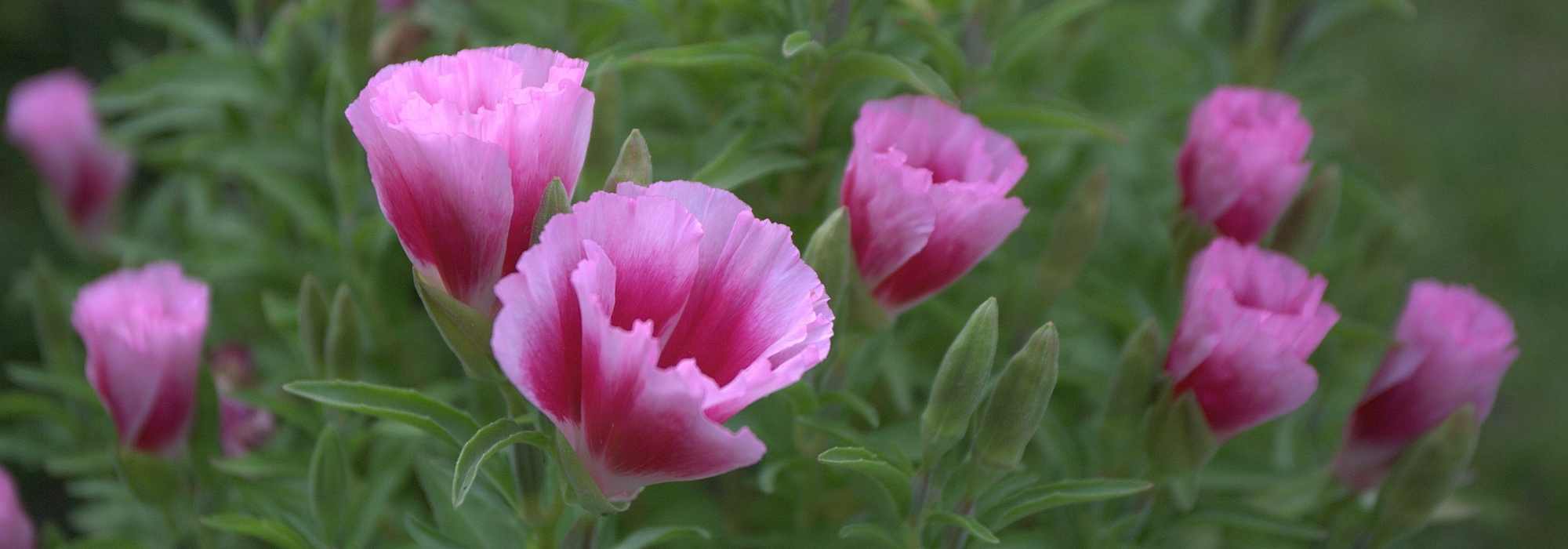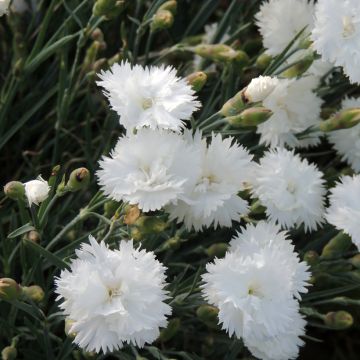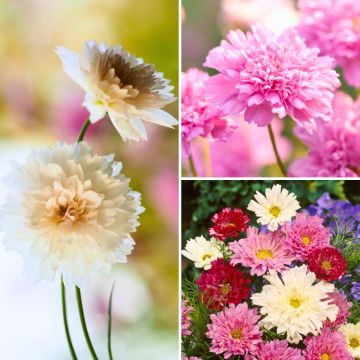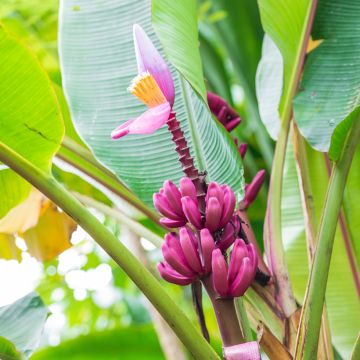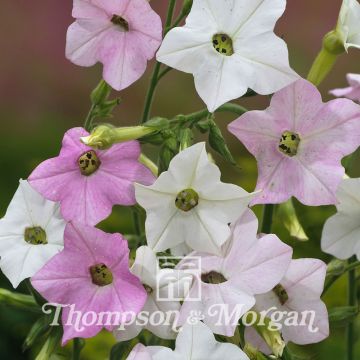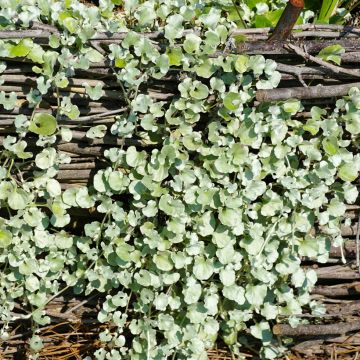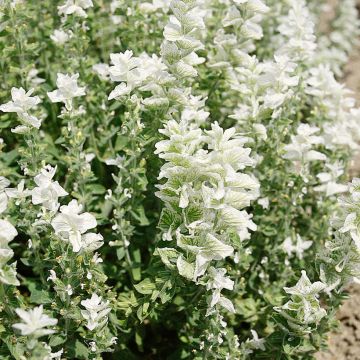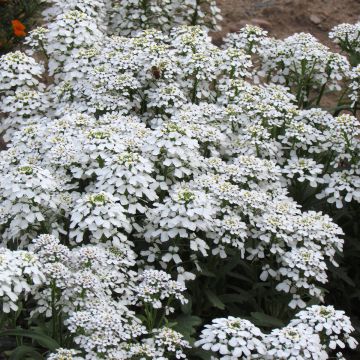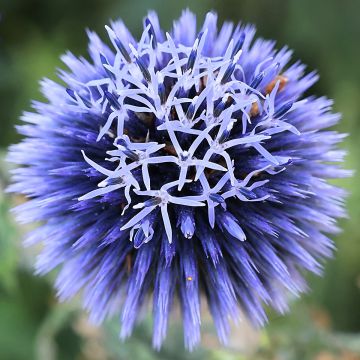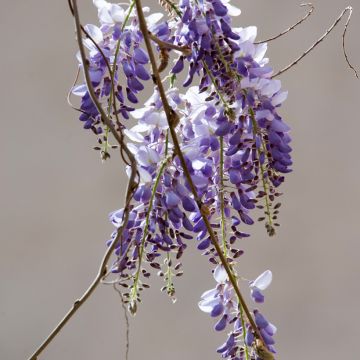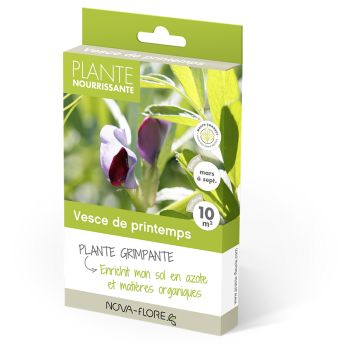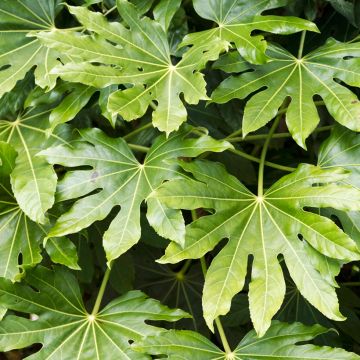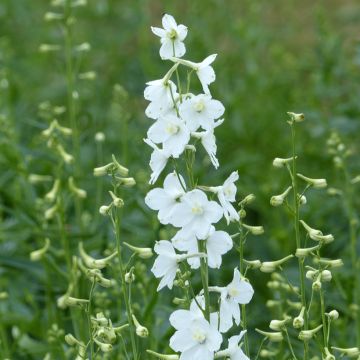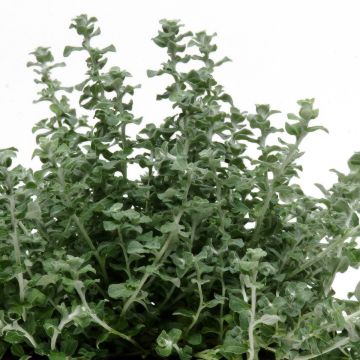

Graines de Godétia demi-nain Whitneyi
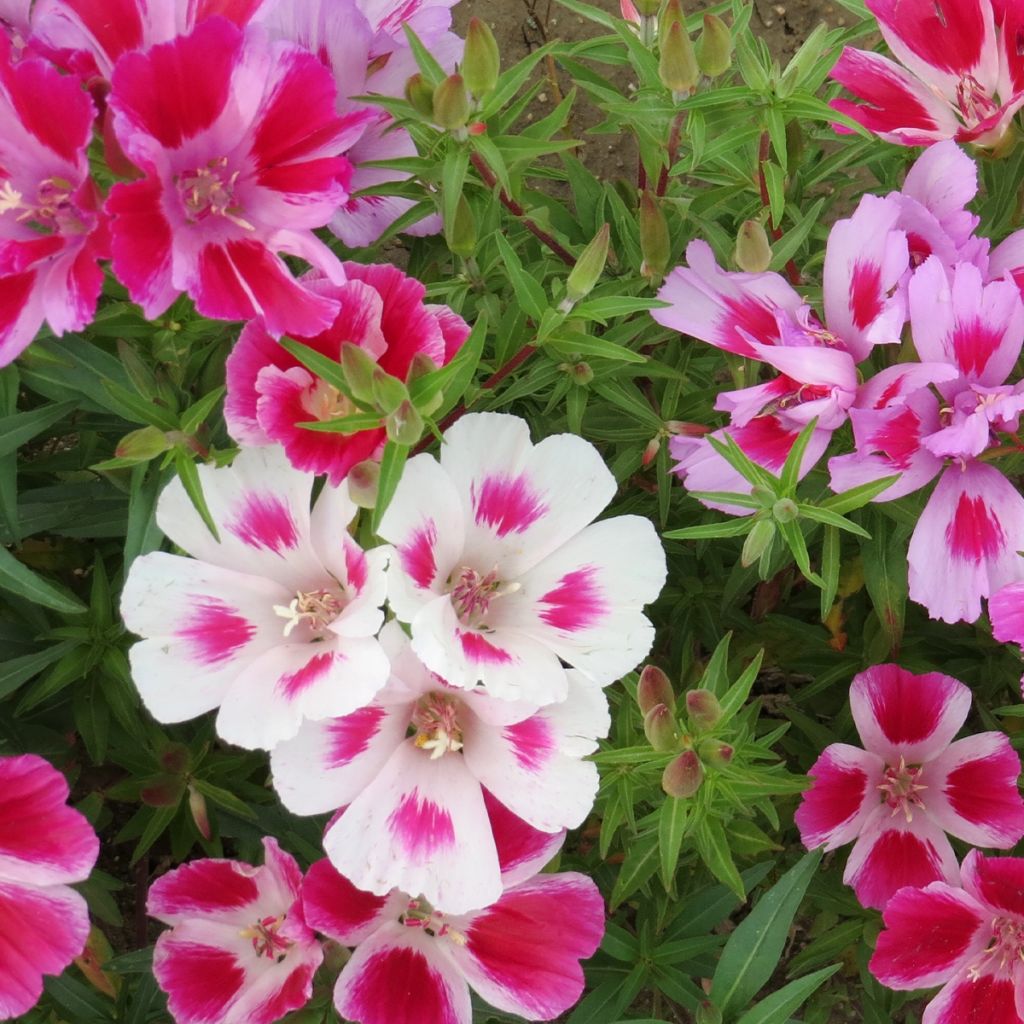

Graines de Godétia demi-nain Whitneyi
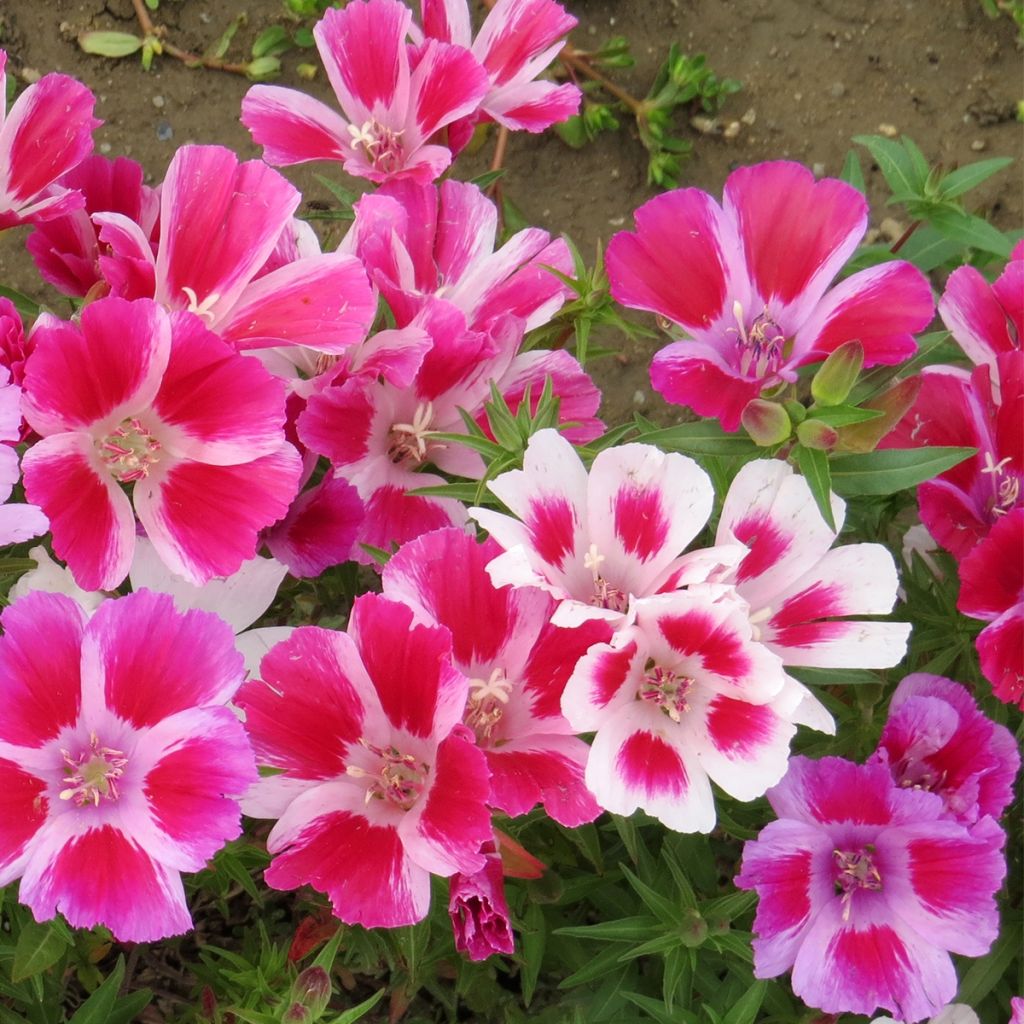

Graines de Godétia demi-nain Whitneyi
Godetia amoena subsp. whitneyi
Godetia amoena subsp. whitneyi Whitneyi
Whitney's Farewell-to-Spring, Whitney's Clarkia
Special offer!
Receive a €20 voucher for any order over €90 (excluding delivery costs, credit notes, and plastic-free options)!
1- Add your favorite plants to your cart.
2- Once you have reached €90, confirm your order (you can even choose the delivery date!).
3- As soon as your order is shipped, you will receive an email containing your voucher code, valid for 3 months (90 days).
Your voucher is unique and can only be used once, for any order with a minimum value of €20, excluding delivery costs.
Can be combined with other current offers, non-divisible and non-refundable.
Home or relay delivery (depending on size and destination)
Schedule delivery date,
and select date in basket
This plant carries a 6 months recovery warranty
More information
We guarantee the quality of our plants for a full growing cycle, and will replace at our expense any plant that fails to recover under normal climatic and planting conditions.
Would this plant suit my garden?
Set up your Plantfit profile →
Description
The Godetia or Clarkia semi-dwarf whitneyi is a rather compact selection that offers double to semi-double funnel-shaped flowers, with a satin texture reminiscent of azaleas. Depending on the plants, the corollas are bicoloured or variegated, displaying a beautiful range of pastel or brighter colours ranging from white to mauve to pink and red. This delightful and varied flowering continues throughout the summer. This hardy annual plant can be sown directly in borders and flowerbeds. It also makes an excellent cut flower. It is very easy to grow, preferring well-drained, moderately fertile, relatively moist and light soil.
Godetia amoena is now called Clarkia amoena or Clarkia grandiflora. Godetia amoena subsp. whitneyi, or Whitney's clarkia, is a subspecies with single mauve flowers speckled with bright pink. It is an annual plant from the evening primrose family, native to California, which has given rise to many cultivars. Simply sowing it in place will produce bushy plants with numerous very thin branches, not exceeding 45cm (18in) in height and 30cm (12in) in width in one season. The Godetia leaves are simple, lanceolate in shape with toothed edges. Each plant develops into a small pyramidal shape, ending in summer with numerous spikes of silky flowers, with a wide corolla often speckled towards the throat. With a flared shape, double to semi-double, these funnel-shaped flowers are grouped in terminal inflorescences. The color palette includes white, various shades of pink, peach, mauve, and red. The flowering period extends from June to September, depending on the sowing date, which should be staggered to enjoy a long flowering period. The fruit of this plant is a capsule that splits open when ripe to release numerous seeds.
Clarkias add enchanting spots of colour to flowerbeds and borders. The semi-dwarf whitneyi selection brings refinement and freshness to our gardens. Sow it in borders or in romantic perennial flowerbeds. It will be magnificent in large pots on the terrace or balcony. By combining it with Oriental poppies and asters, you can create ever-changing displays that bloom throughout the summer. Clarkias make excellent cut flowers and are widely used in floristry. They can be sown in the vegetable garden alongside gladioli to provide a supply of flowers for bouquets.
Godetia amoena subsp. whitneyi in pictures
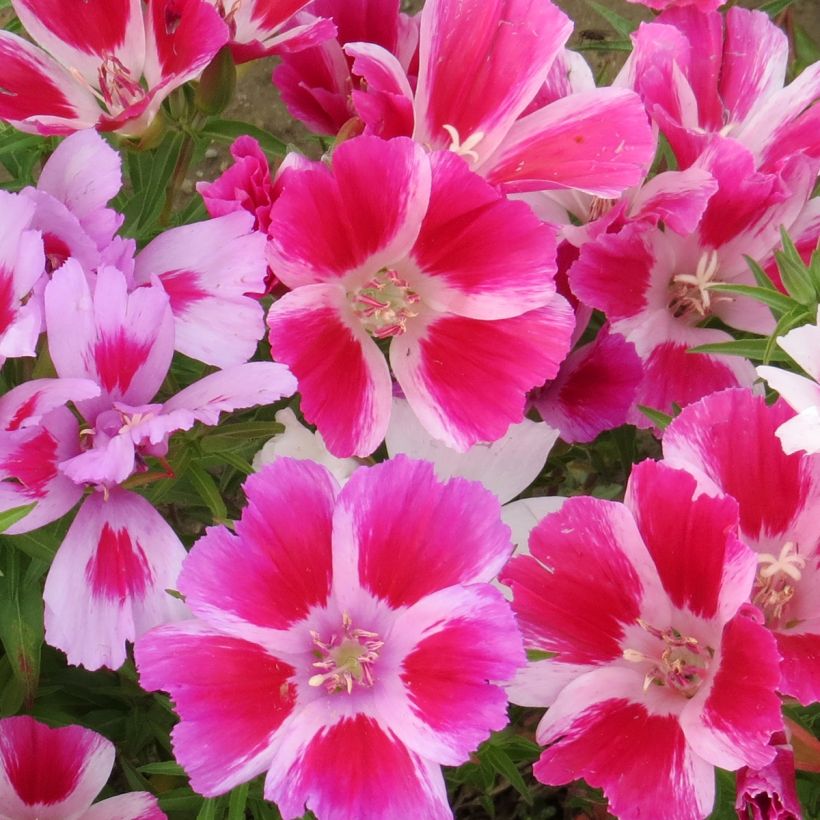

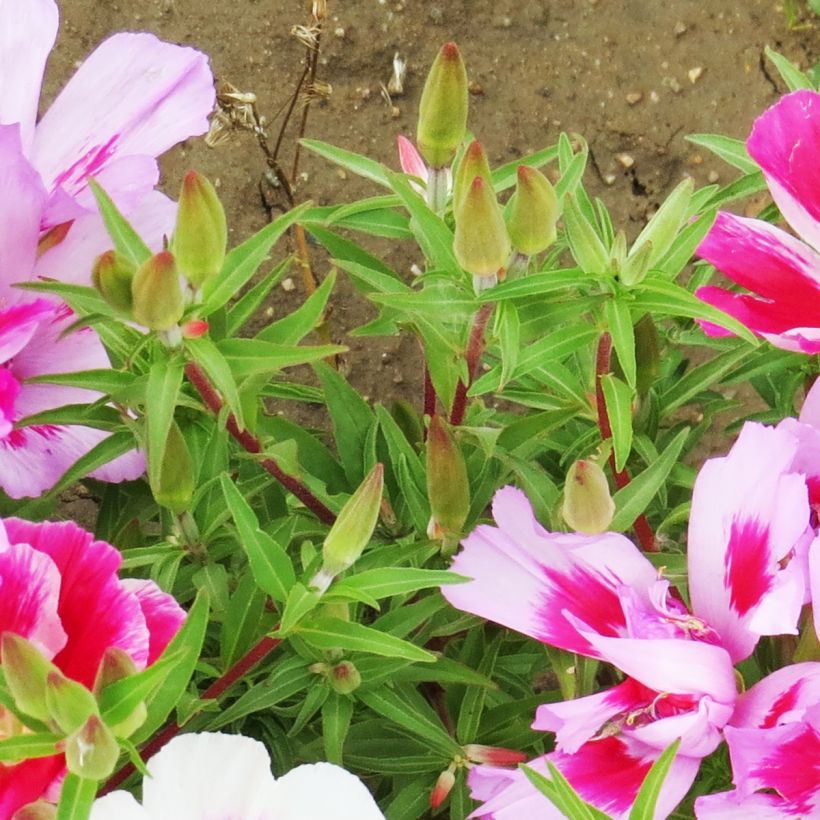

Flowering
Foliage
Plant habit
Botanical data
Godetia
amoena subsp. whitneyi
Whitneyi
Onagraceae
Whitney's Farewell-to-Spring, Whitney's Clarkia
Cultivar or hybrid
Other Flower seeds A to Z
View all →Planting and care
Sowing:
Sow Godetia seeds from March to May, directly in place.
Sow thinly, burying the seeds at a depth of 3mm (0in), spacing them 45cm (18in) apart in furrows dug in well-prepared and well-tilled soil. Thin out the seedlings, leaving a space of 15 to 22cm (6 to 9in) between each young plant.
For earlier flowering, you can sow indoors, in pots or trays.
Transplant when the young plants are large enough to handle, into 8cm (3in) pots or trays. Let them grow in full light, watering sparingly. Plant them outside when all risk of frost has passed.
Cultivation:
Easy to grow in full sun in any temperate climate, clarkias or godetias prefer slightly acidic, moist but well-drained soil. Let the soil dry out a little between waterings. Too rich soil promotes foliage growth at the expense of flowering. Removing faded flowers will prolong the flowering period.
Sowing period
Intended location
Planting & care advice
This item has not been reviewed yet - be the first to leave a review about it.
Similar products
Haven't found what you were looking for?
Hardiness is the lowest winter temperature a plant can endure without suffering serious damage or even dying. However, hardiness is affected by location (a sheltered area, such as a patio), protection (winter cover) and soil type (hardiness is improved by well-drained soil).

Photo Sharing Terms & Conditions
In order to encourage gardeners to interact and share their experiences, Promesse de fleurs offers various media enabling content to be uploaded onto its Site - in particular via the ‘Photo sharing’ module.
The User agrees to refrain from:
- Posting any content that is illegal, prejudicial, insulting, racist, inciteful to hatred, revisionist, contrary to public decency, that infringes on privacy or on the privacy rights of third parties, in particular the publicity rights of persons and goods, intellectual property rights, or the right to privacy.
- Submitting content on behalf of a third party;
- Impersonate the identity of a third party and/or publish any personal information about a third party;
In general, the User undertakes to refrain from any unethical behaviour.
All Content (in particular text, comments, files, images, photos, videos, creative works, etc.), which may be subject to property or intellectual property rights, image or other private rights, shall remain the property of the User, subject to the limited rights granted by the terms of the licence granted by Promesse de fleurs as stated below. Users are at liberty to publish or not to publish such Content on the Site, notably via the ‘Photo Sharing’ facility, and accept that this Content shall be made public and freely accessible, notably on the Internet.
Users further acknowledge, undertake to have ,and guarantee that they hold all necessary rights and permissions to publish such material on the Site, in particular with regard to the legislation in force pertaining to any privacy, property, intellectual property, image, or contractual rights, or rights of any other nature. By publishing such Content on the Site, Users acknowledge accepting full liability as publishers of the Content within the meaning of the law, and grant Promesse de fleurs, free of charge, an inclusive, worldwide licence for the said Content for the entire duration of its publication, including all reproduction, representation, up/downloading, displaying, performing, transmission, and storage rights.
Users also grant permission for their name to be linked to the Content and accept that this link may not always be made available.
By engaging in posting material, Users consent to their Content becoming automatically accessible on the Internet, in particular on other sites and/or blogs and/or web pages of the Promesse de fleurs site, including in particular social pages and the Promesse de fleurs catalogue.
Users may secure the removal of entrusted content free of charge by issuing a simple request via our contact form.
The flowering period indicated on our website applies to countries and regions located in USDA zone 8 (France, the United Kingdom, Ireland, the Netherlands, etc.)
It will vary according to where you live:
- In zones 9 to 10 (Italy, Spain, Greece, etc.), flowering will occur about 2 to 4 weeks earlier.
- In zones 6 to 7 (Germany, Poland, Slovenia, and lower mountainous regions), flowering will be delayed by 2 to 3 weeks.
- In zone 5 (Central Europe, Scandinavia), blooming will be delayed by 3 to 5 weeks.
In temperate climates, pruning of spring-flowering shrubs (forsythia, spireas, etc.) should be done just after flowering.
Pruning of summer-flowering shrubs (Indian Lilac, Perovskia, etc.) can be done in winter or spring.
In cold regions as well as with frost-sensitive plants, avoid pruning too early when severe frosts may still occur.
The planting period indicated on our website applies to countries and regions located in USDA zone 8 (France, United Kingdom, Ireland, Netherlands).
It will vary according to where you live:
- In Mediterranean zones (Marseille, Madrid, Milan, etc.), autumn and winter are the best planting periods.
- In continental zones (Strasbourg, Munich, Vienna, etc.), delay planting by 2 to 3 weeks in spring and bring it forward by 2 to 4 weeks in autumn.
- In mountainous regions (the Alps, Pyrenees, Carpathians, etc.), it is best to plant in late spring (May-June) or late summer (August-September).
The harvesting period indicated on our website applies to countries and regions in USDA zone 8 (France, England, Ireland, the Netherlands).
In colder areas (Scandinavia, Poland, Austria...) fruit and vegetable harvests are likely to be delayed by 3-4 weeks.
In warmer areas (Italy, Spain, Greece, etc.), harvesting will probably take place earlier, depending on weather conditions.
The sowing periods indicated on our website apply to countries and regions within USDA Zone 8 (France, UK, Ireland, Netherlands).
In colder areas (Scandinavia, Poland, Austria...), delay any outdoor sowing by 3-4 weeks, or sow under glass.
In warmer climes (Italy, Spain, Greece, etc.), bring outdoor sowing forward by a few weeks.






























